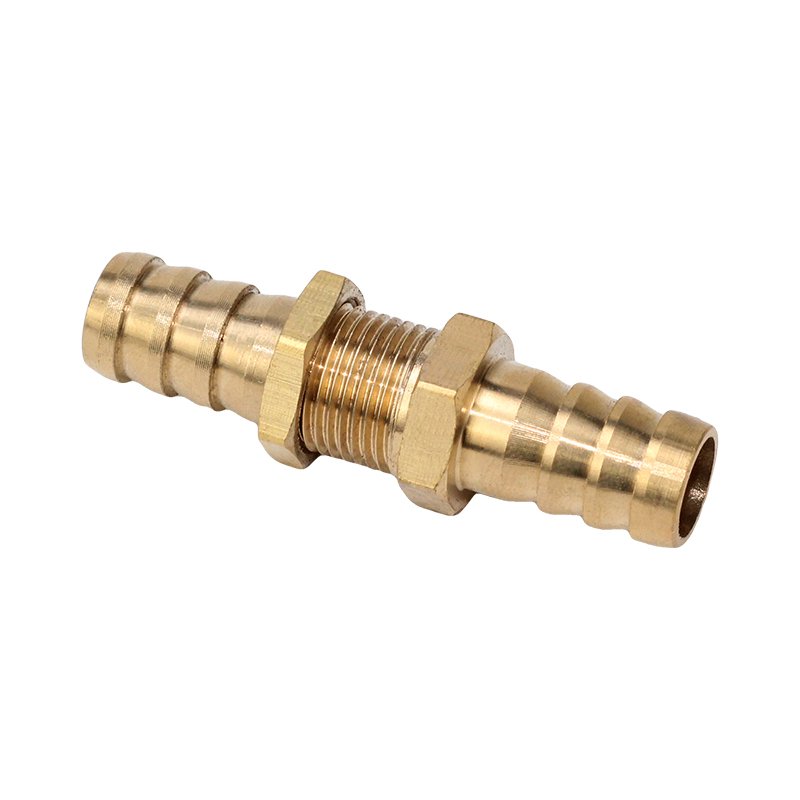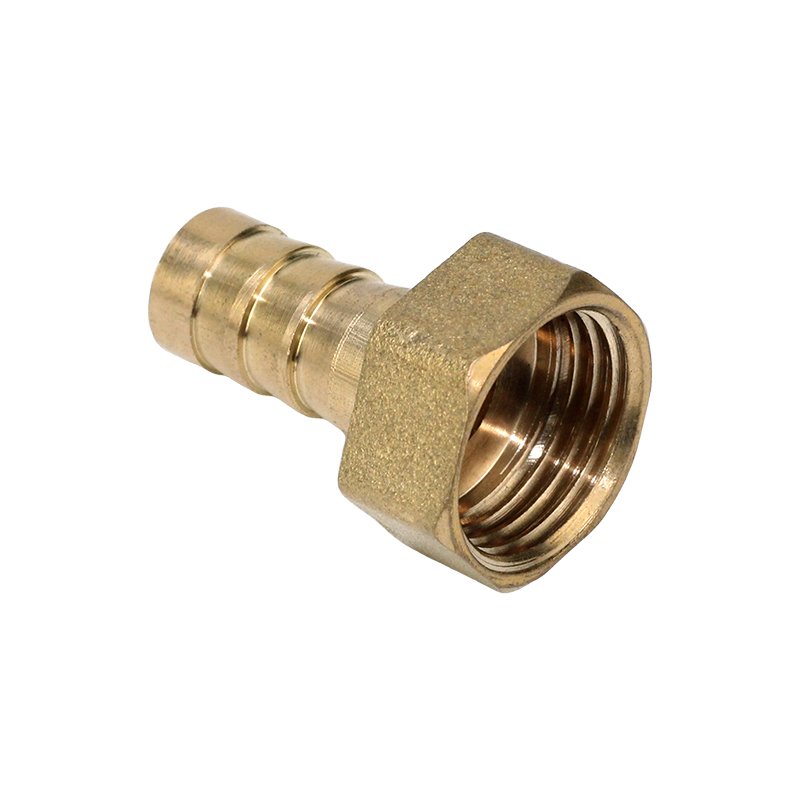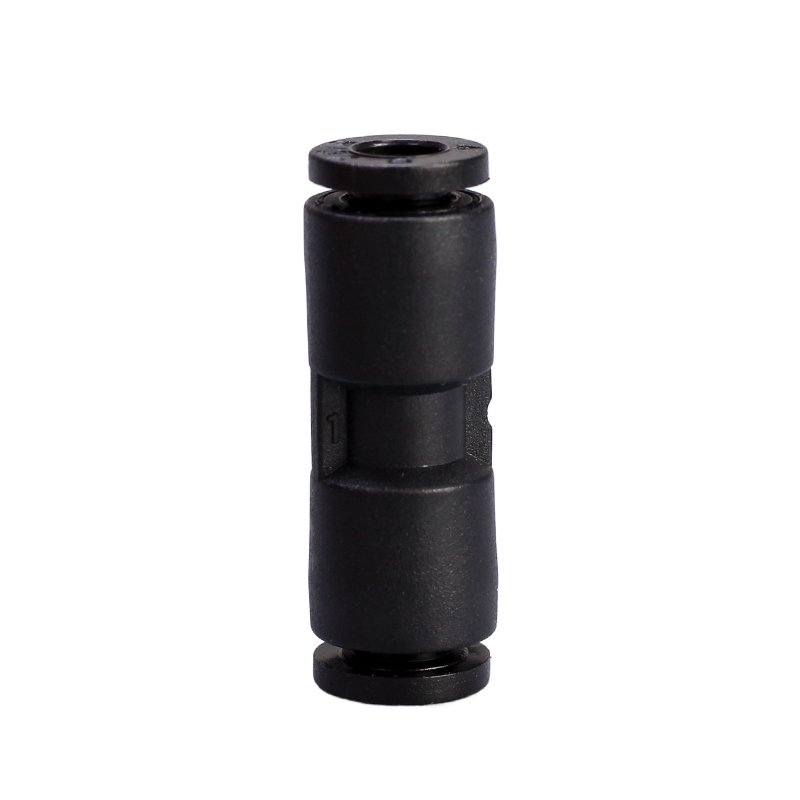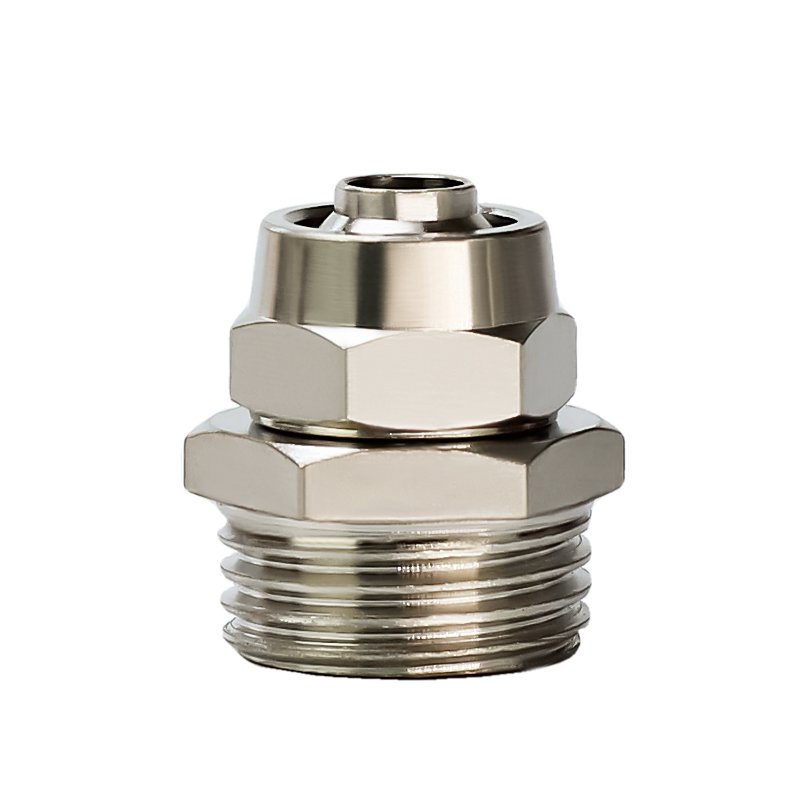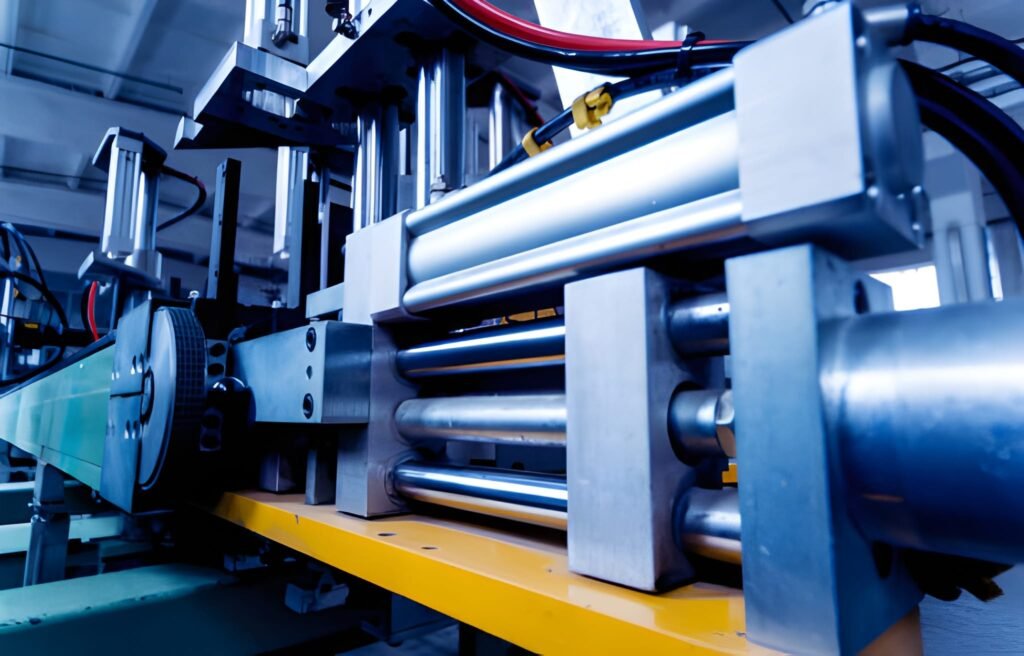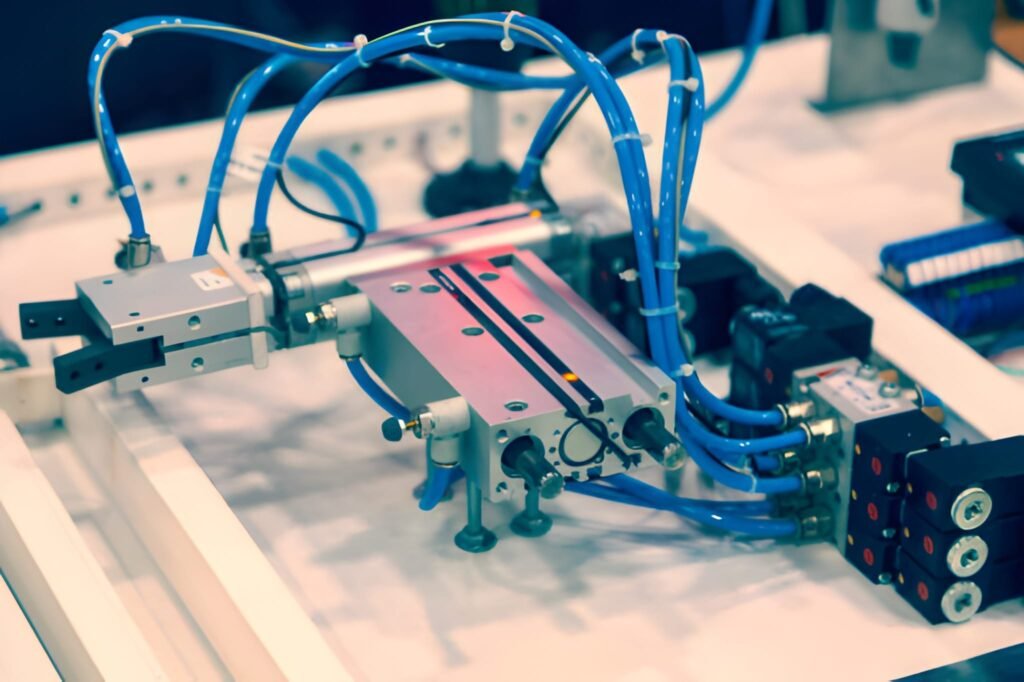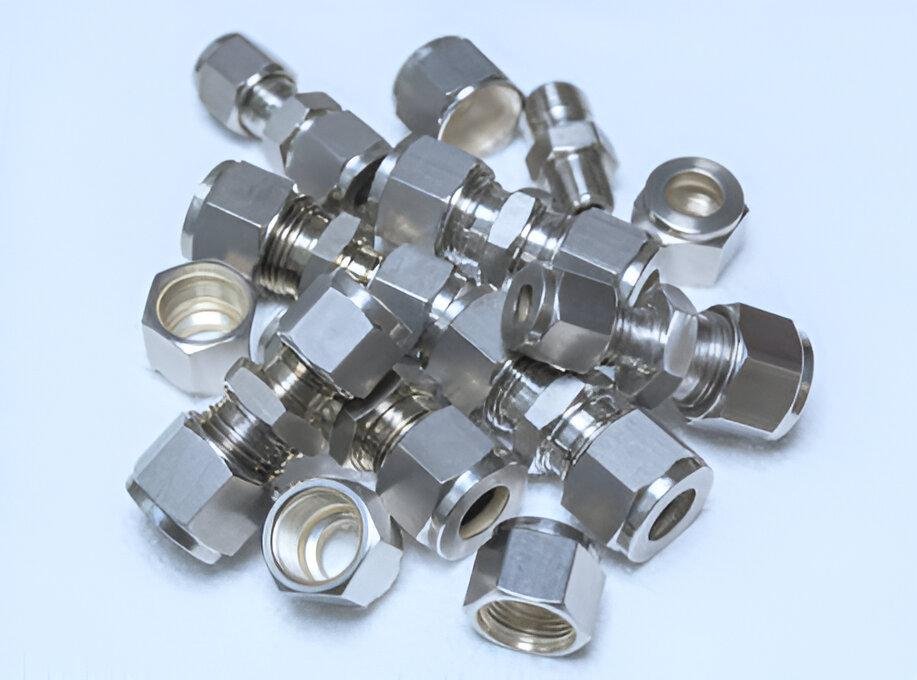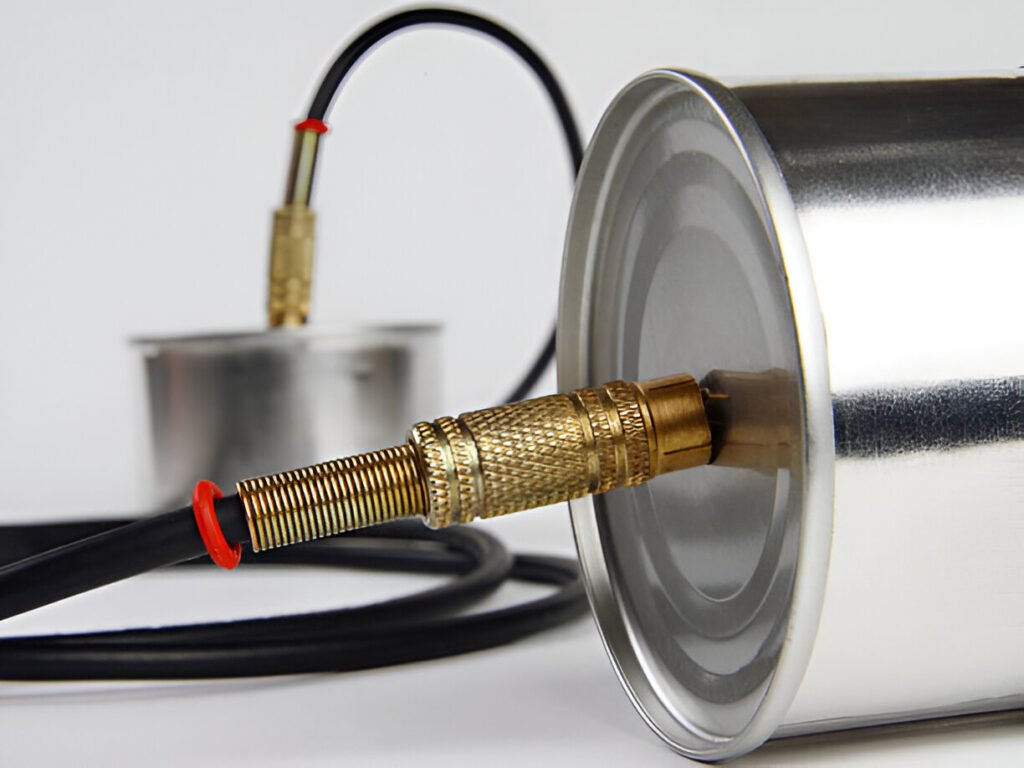
Importance of choosing copper barb connectors
Copper barb connectors are key components in the pipeline system, and ensuring the reliability and safety of the system is crucial. Choosing the right copper barb connector can effectively prevent pipeline leakage and extend the service life of the system. When purchasing, you need to consider many factors such as the material, specification, and sealing performance of the connector to meet the requirements of different working conditions.
Using inferior or mismatched connectors can easily cause pipeline vibration and detachment, causing medium leakage and even safety accidents. Therefore, when conducting engineering design and construction, you must attach great importance to the selection of copper barb connectors to ensure that their performance meets the needs of long-term operation of the system.
Material and quality requirements for barb connectors
The material of the copper barb connector directly affects its mechanical properties and service life. High-quality copper materials have good strength, hardness and ductility, and can withstand high pressure and temperature. When purchasing, copper materials that meet relevant standards should be given priority, such as H62 brass, C37700 lead brass, etc.
The production process of the connector is also an important basis for judging its quality. Connectors produced by forging or precision casting should be selected, with smooth inner and outer surfaces and no defects such as cracks and sand holes. In addition, the surface of the connector should be properly treated with anti-corrosion, such as nickel plating, chrome plating, etc., to improve its corrosion resistance.
Selection of barb connector sizes and specifications
When choosing copper barb connectors, it’s vital that their size and specifications align with the connected pipe. Common sizes include 1/8″, 1/4″, 3/8″, and 1/2″, which should be selected based on the pipe’s nominal diameter. Additionally, the type and size of the connecting thread, such as NPT, BSPT, or G, must also match.
The flow capacity of the connector is another critical factor to consider. Using a connector that is too small can increase system resistance and reduce delivery efficiency. Conversely, a connector that is too large can increase costs and make installation more difficult. Therefore, selecting a connector that meets the required flow needs while being appropriately sized is essential.
Barb design and sealing performance
The shape and size of the barb are key factors affecting the reliability of the connection. The barb should have a suitable length and taper to fit tightly against the inner wall of the pipe. The edge of the barb should be smooth and burr-free to avoid damaging the hose. High-quality barbs can withstand large pull-off forces to ensure that the pipe will not fall off accidentally.
The sealing performance of the connector and the pipe also directly affects the reliability of the system. The sealing ring material should be flexible and durable, and be able to adapt to the operating temperature and medium characteristics. O-rings made of rubber or fluororubber are widely used and can provide reliable sealing effects. For high pressure, high temperature or corrosive media, seals made of materials such as Teflon can also be used.
Corrosion resistance and durability
Copper barb connectors face corrosion risks from various sources over time. When selecting these connectors, it’s crucial to consider their corrosion resistance, especially in challenging environments like chemical or marine settings. Although copper alloys generally offer better corrosion resistance than other metals, they can still corrode under certain conditions. Therefore, choosing the right copper alloy or surface treatment based on specific usage conditions is essential.
The durability of the connector is another key consideration. Factors such as frequent connection and disconnection or vibrations can lead to accelerated wear and fatigue failure. To mitigate this, the connector’s design should be well-structured and validated through reliability testing. High-quality copper barb connectors are designed to withstand significant tensile and bending forces, ensuring reliable long-term performance.
Precautions and maintenance recommendations during use
In order to give full play to the role of copper barb connectors, the following matters need to be noted during use and maintenance:
- During installation, ensure that the connector is coaxial with the pipe to avoid the generation of lateral stress. If necessary, use a support to fix the pipe to reduce the stress at the connection.
- For hose connections, use a suitable clamp to fix the hose on the barb. The material and size of the clamp must match the hose, and pay attention to uniform force during installation.
- Regularly check the connection for signs of leakage or damage. If problems are found, replace the seal or connector in time to avoid worsening of the situation.
- For connectors that are frequently disassembled and assembled, check the barb and thread regularly for wear. Apply an appropriate amount of lubricant when necessary to reduce assembly force and extend service life.
- Regularly clean the dirt on the surface of the connector to maintain good heat dissipation and insulation performance. For corrosive environments, protection and monitoring should be strengthened, and coating repair should be performed if necessary.
In short, the selection of high-quality copper barb connectors and the strengthening of maintenance and management during use are important guarantees for ensuring the long-term safe and reliable operation of the pipeline system.

